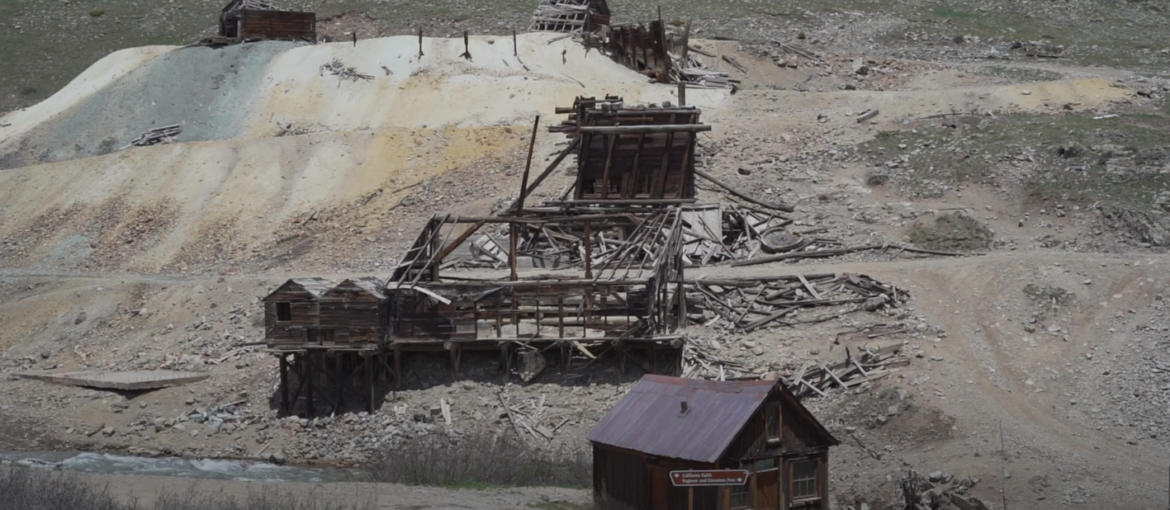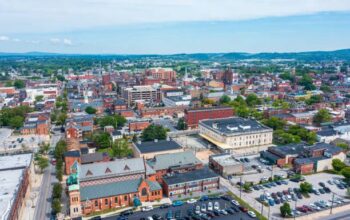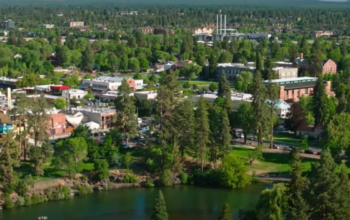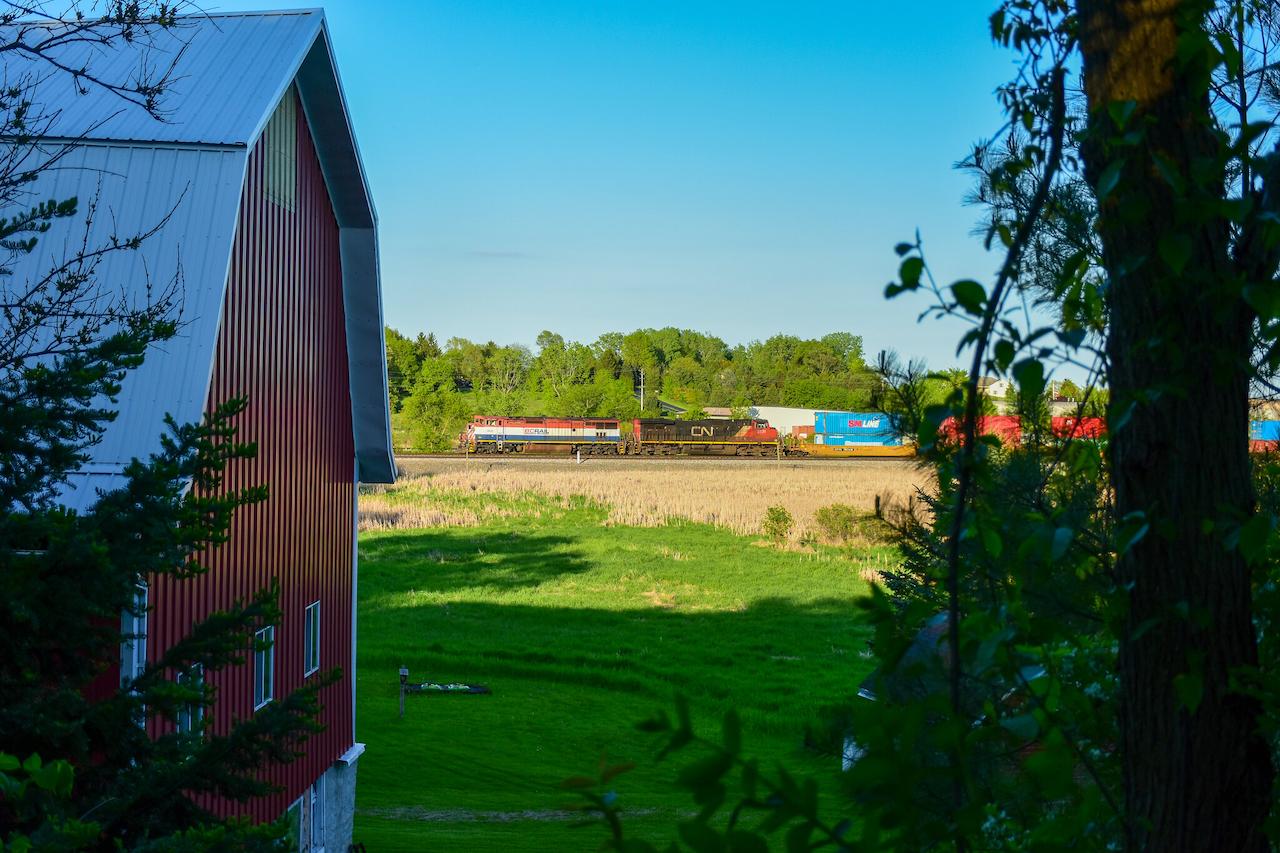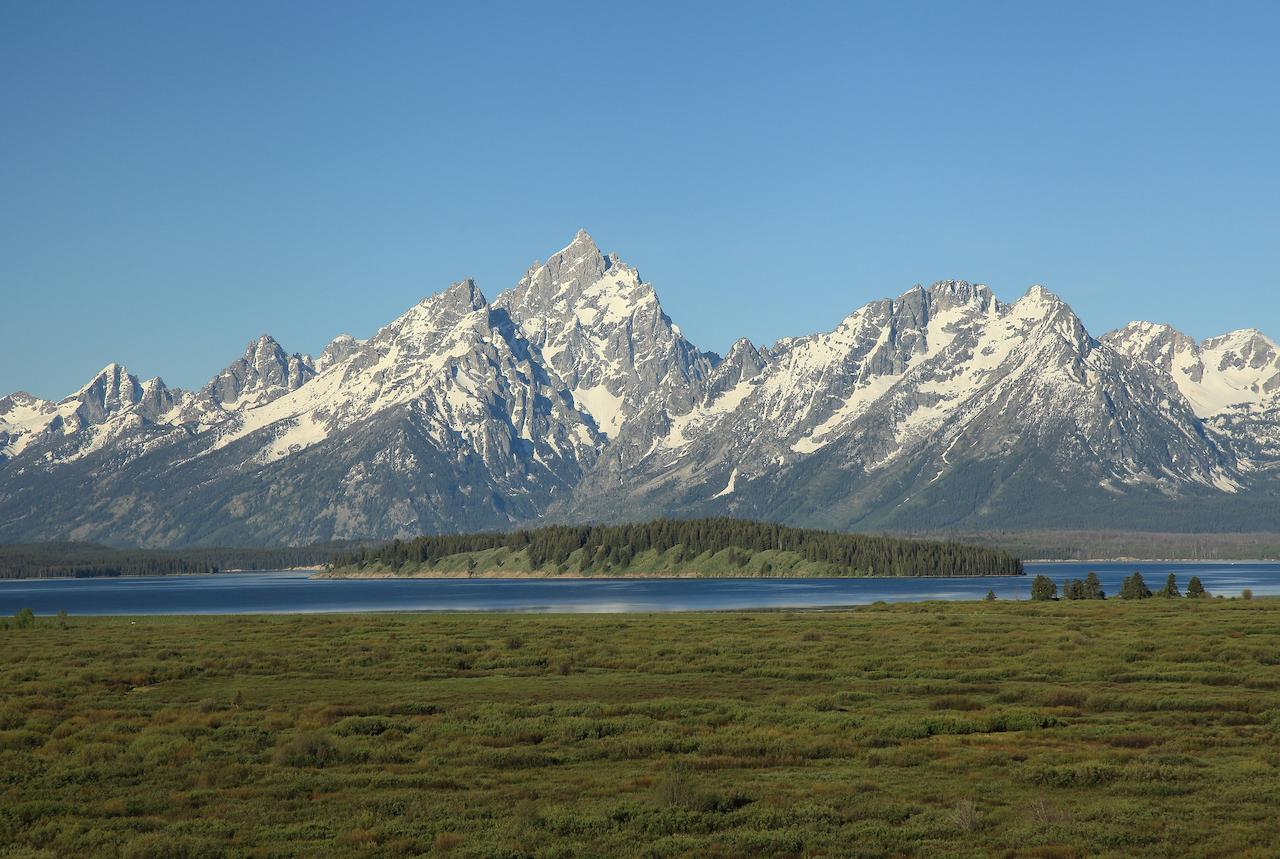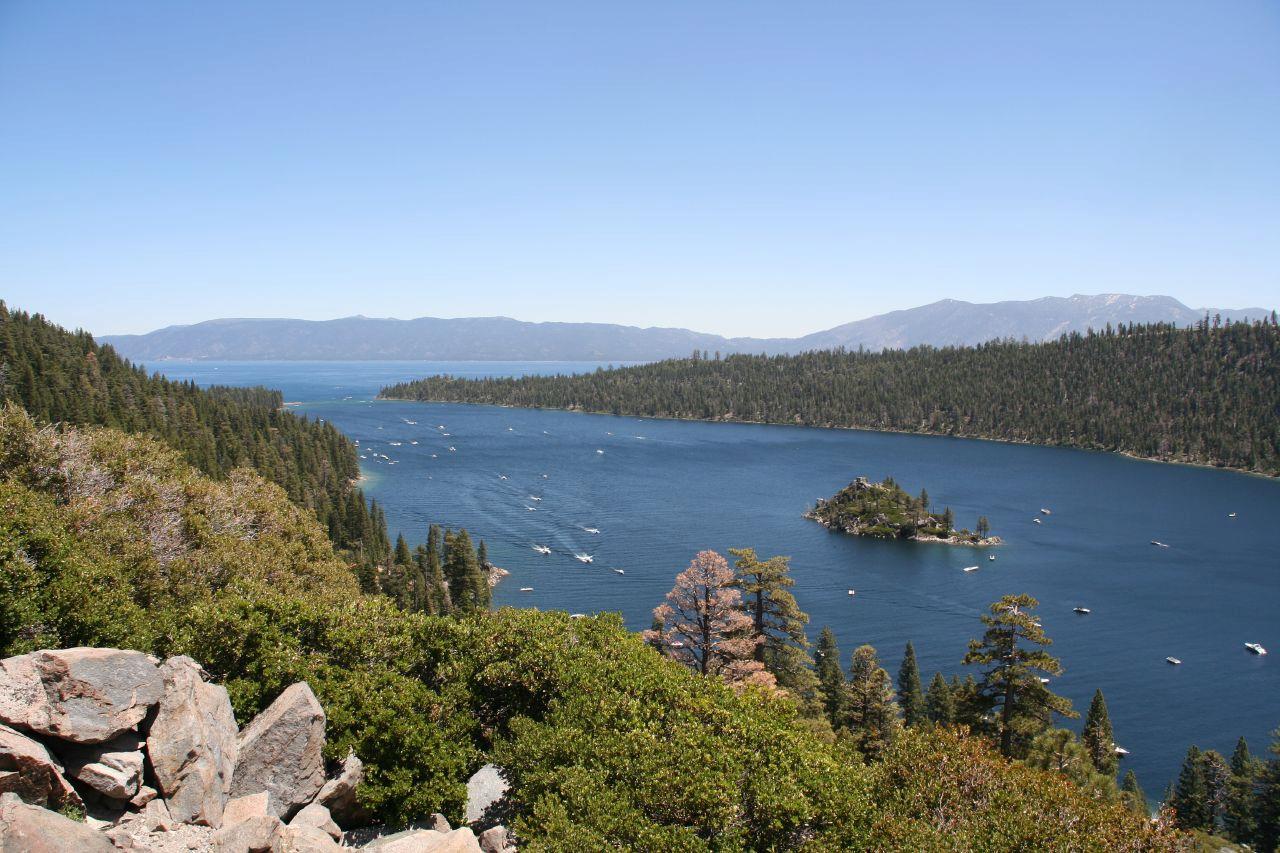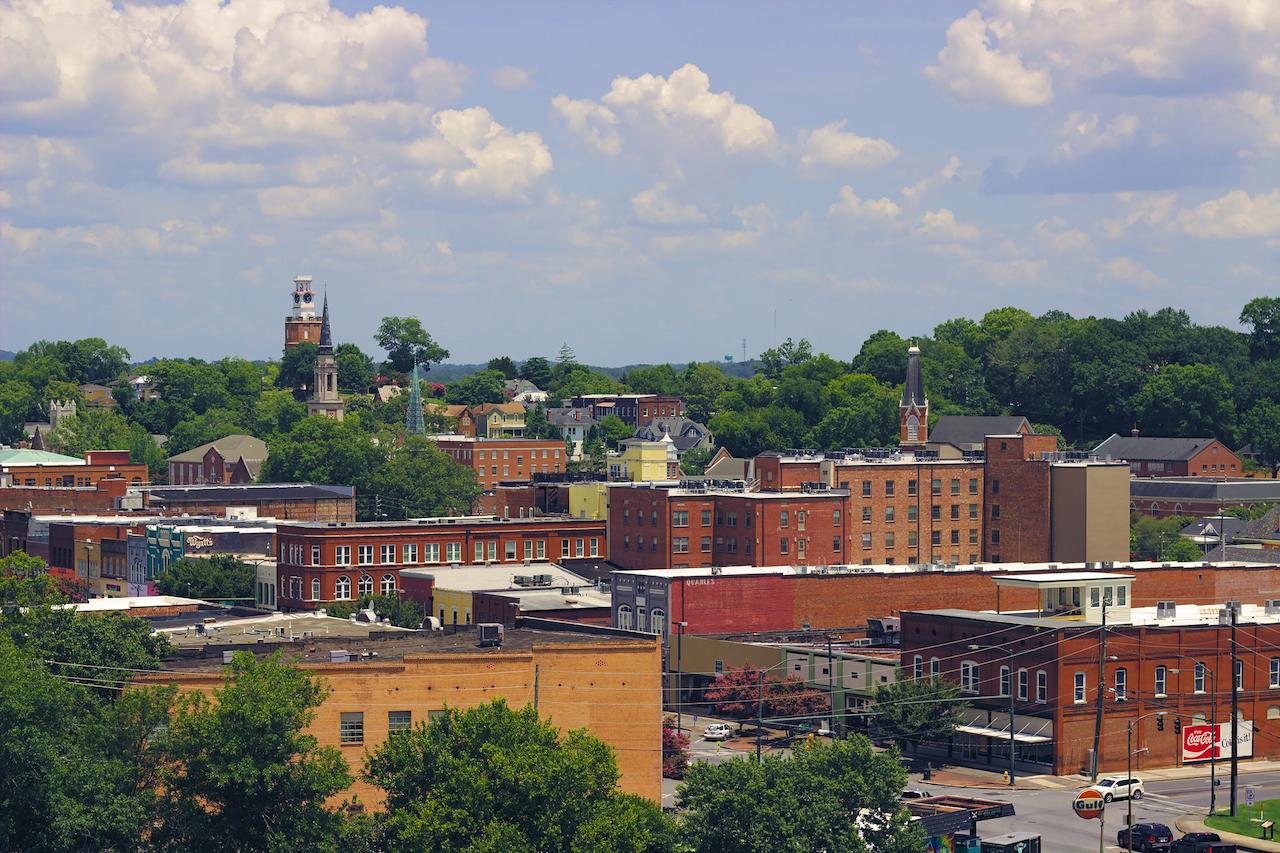Colorado, a state renowned for its breathtaking mountain landscapes and rich history, holds within its borders a fascinating array of ghost towns that offer a glimpse into the past. These eerie and often abandoned settlements were once bustling centers of activity, driven by mining booms, railroad construction, and other industries that have long faded away. Today, these ghost towns stand as silent witnesses to a bygone era, captivating the imagination of adventurers, history enthusiasts, and curious travelers. In this article, we delve into the captivating world of ghost towns in Colorado, uncovering their stories, significance, and the allure that draws visitors from far and wide.
The Ghostly Charms of Colorado’s Past
Alt: An image of dilapidated houses in a deserted area.
Colorado’s ghost towns stand as silent witnesses to the state’s rich and varied history. These forgotten settlements, now abandoned and overgrown, each hold their own captivating tales of triumph, struggle, and resilience. From the rugged mountain valleys to the secluded forests, each ghost town has a distinct personality, contributing to the mosaic of Colorado’s past
Table: Colorado’s Ghost Towns
| Ghost Town | Location | Origin and History |
| St. Elmo | Chalk Creek Valley | Flourished as a mining town during the gold and silver rush. Abandoned in the early 1920s due to the decline in mining activities. The town’s well-preserved buildings offer a glimpse into its past. |
| Animas Forks | San Juan Mountains | Founded in the 1870s as a mining camp. Prosperity waned after the Silver Panic of 1893. Its isolation and harsh winters made survival challenging. Today, visitors can explore the remarkably preserved structures. |
| Ashcroft | Elk Mountains | Once a booming silver mining town with a population of around 2,500, it declined after silver prices plummeted. The hotel, post office, and several cabins still stand as echoes of the past. |
| Crystal | Crystal River Valley | Flourished due to silver mining and later tourism. Its population dwindled as mining slowed down. The Crystal Mill, an iconic landmark, draws visitors to its picturesque setting. |
| Dearfield | Eastern Plains | Founded in 1910 by Black homesteaders. Overcame racial adversity to thrive as a farming community. Declined during the Dust Bowl era. Its historical significance underscores the African American experience in the West. |
The Mystique of St. Elmo
Nestled in the Chalk Creek Valley, St. Elmo’s streets once bustled with miners seeking their fortunes. Founded in the late 1800s, this mining town experienced its heyday during the gold and silver rush. The clinking of ore carts and the laughter of hopeful prospectors echoed through its streets. However, as mining activities dwindled, so did the town’s vibrancy. By the 1920s, the last residents bid farewell, leaving behind a well-preserved collection of buildings that transport visitors back in time. The picturesque setting against the backdrop of the Collegiate Peaks adds to the town’s allure.
Animas Forks
High in the rugged San Juan Mountains, Animas Forks once withstood the challenges of its remote location and harsh winters. Founded in the 1870s as a mining camp, it flourished until the Silver Panic of 1893. Its isolation made survival a daunting task, yet the town’s residents persevered. Today, visitors can explore remarkably preserved structures, offering glimpses into daily life. From the robust mine structures to the modest cabins, Animas Forks tells a tale of determination against the odds.
Ashcroft’s Echoes of Opulence
In the heart of the Elk Mountains lies Ashcroft, a ghost town that once epitomized opulence. The silver rush of the late 1800s transformed this quiet valley into a bustling town of around 2,500 people. However, the inevitable decline of silver prices led to Ashcroft’s quiet abandonment. The echoes of its former grandeur linger in the air, as the hotel, post office, and cabins stand as testament to a bygone era. The town’s history is intertwined with the ebb and flow of the mining industry that shaped Colorado’s past.
Crystal’s Glittering Legacy
Nestled in the Crystal River Valley, the town of Crystal gleamed with the promise of silver. As mining boomed, so did the town’s fortunes. Yet, the silver veins eventually exhausted, and Crystal faced a decline that mirrored its ascent. What remains today is the iconic Crystal Mill, perched on the river’s edge like a time-traveled sentinel. Its picturesque setting draws adventurers and history enthusiasts alike, weaving tales of a town that once glittered with silver and dreams.
Dearfield’s Enduring Legacy
On the Eastern Plains of Colorado, Dearfield emerged as a testament to the African American experience in the West. Founded in 1910 by Black homesteaders, the town overcame racial adversity to flourish as a farming community. It stood as a symbol of self-sufficiency and resilience, even as the Dust Bowl era brought challenges. Though its population declined over the years, Dearfield’s legacy endures, shedding light on the remarkable stories of African Americans who shaped the region.
Mining Booms and Busts: A Catalyst for Ghost Towns
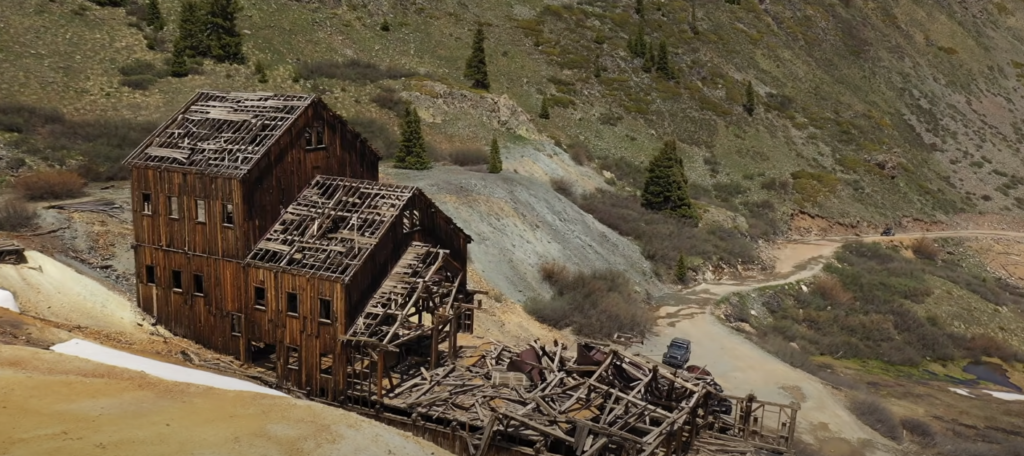
Alt: An image of dilapidated house in a deserted area.
One of the primary drivers behind the creation of many ghost towns in Colorado was the mining boom of the late 19th century. As precious metals like gold and silver were discovered in the rugged mountains, hordes of prospectors and fortune seekers flocked to the area, hoping to strike it rich. This led to the rapid establishment of mining camps and towns that sprung up to support the burgeoning industry.
Table: Prominent Ghost Towns in Colorado
| Ghost Town | Location | Historical Significance |
| St. Elmo | Chaffee County | Once a bustling mining town, now preserved for visitors. |
| Ashcroft | Pitkin County | Former silver mining town in the Roaring Fork Valley. |
| Animas Forks | San Juan County | High-altitude mining town accessible by rugged roads. |
| Independence | Pitkin County | Historic mining site with well-preserved buildings. |
| Cripple Creek | Teller County | Once a booming gold mining town, now a tourist destination. |
Preserving the Past
While many of these ghost towns have fallen into disrepair, efforts have been made to preserve and maintain their historical integrity. Organizations, historical societies, and government agencies work to stabilize structures, provide information to visitors, and protect these sites from vandalism and decay. The preservation of ghost towns allows modern generations to connect with the past and gain a deeper understanding of the challenges and experiences of the people who once inhabited them.
Conclusion
Colorado’s ghost towns stand as poignant reminders of the state’s dynamic history. From the glory days of mining booms to the challenges of isolated mountain living, these towns tell stories of resilience, ambition, and the inexorable march of time. As modern visitors explore these abandoned settlements, they’re transported to a different era, allowing them to connect with the past and gain a deeper appreciation for the struggles and achievements of those who came before. So, for a truly unique journey through Colorado’s history, pack your sense of adventure and embark on a quest to discover the ghost towns that dot this picturesque landscape.
For better understanding, check out this video on the history of Colorado’s ghost towns:
FAQ
Many ghost towns in Colorado were abandoned due to the decline of the industries that sustained them. For example, when mining operations became unprofitable or natural resources were exhausted, people left in search of better opportunities.
Yes, many ghost towns in Colorado are open to visitors. However, accessibility varies, and some towns require off-road vehicles or hiking to reach. Always research ahead of time and respect any rules or guidelines for visiting.
Yes, some ghost towns have tales of hauntings and supernatural occurrences. These stories often stem from the hardships and tragedies that befell the towns’ residents in the past.
When visiting a ghost town, it’s important to bring essentials like water, comfortable footwear, and weather-appropriate clothing. Additionally, a camera, map, and a sense of curiosity can enhance your experience.
Many ghost towns offer guided tours led by knowledgeable experts who can provide historical context and intriguing stories about the town’s past. These tours can greatly enrich your understanding of the site.
